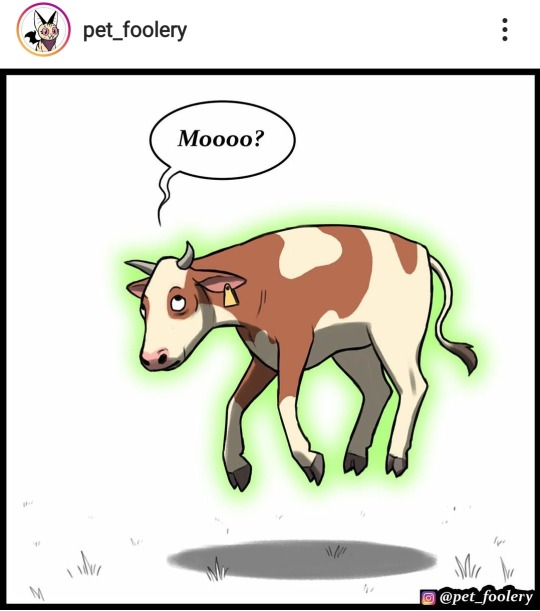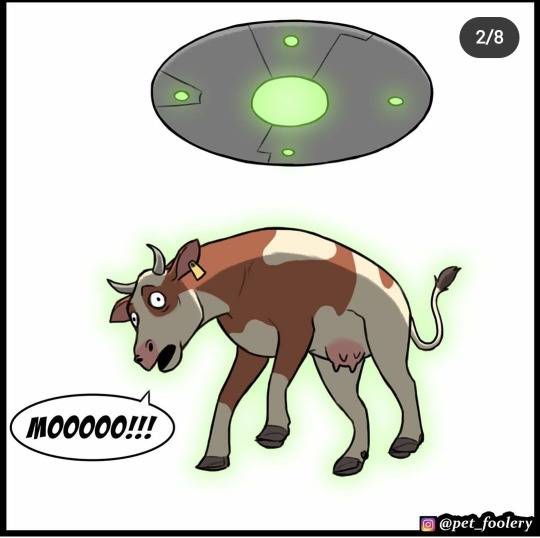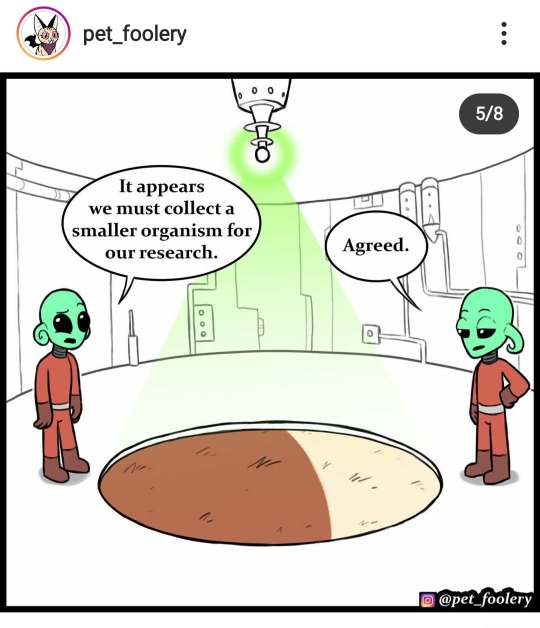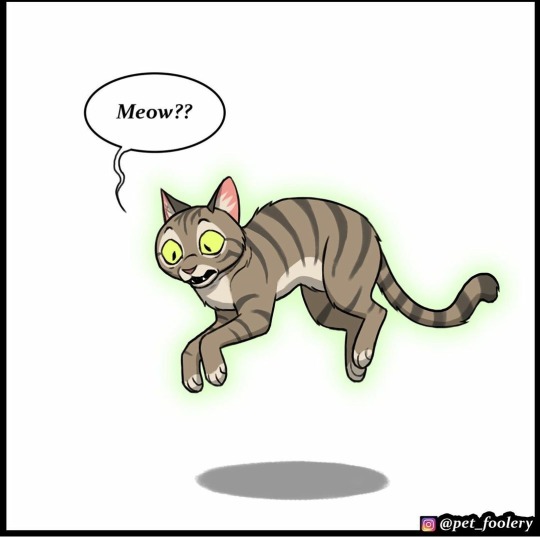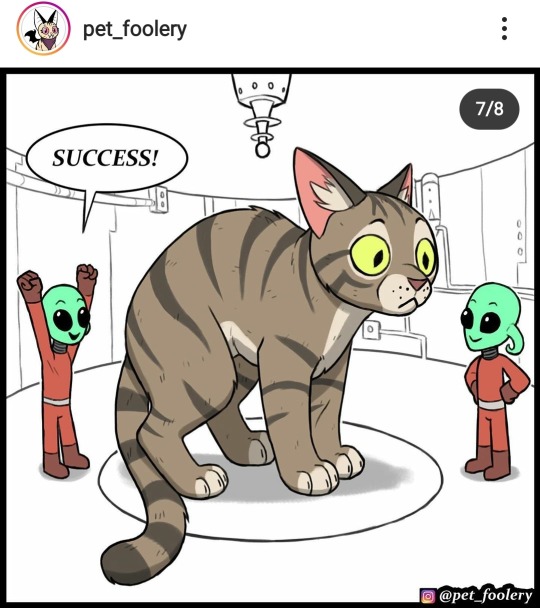Text
It's been one year since I married this guy ❤

@theorenwulf
Picture by @sashaateo
5 notes
·
View notes
Text
Gideon the Ninth by Tamsyn Muir
Part 2 of my Hugo readthrough. This book is brilliant, read it if you like fantasy and/or Science Fiction, nuff said. No but seriously, a really good book and now on to a more comprehensive review.
This is a book about Necromancers in Space. Eight necromantic houses ruling over an Empire are each invited to send their heirs and their heirs bodyguard (called a cavalier) to the Emperors personal planet to try and become a Lyctor an immortal servant of the Undying Emperor. Mysteries and murders ensue.
One of the intresting parts about this book is that we don’t see the story unfold through the eyes of one of the heirs. Instead the POV character is Gideon Nav who as a newborn fell into the hands and was indentured to the dying and decrepit Ninth House which she hates and only wants to escape, especially her eternal nemesis Harrowhark Nonagesimus, necromancer extraordinaire and heir to the Ninth House, who has secretly run the House for years after her parents death, which no one can know to prevent the houses collapse. Unfortunately for Gideon Harrows cavalier sucks and flees when the invitation is issued and Gideon is also really good with a sword. And so she becomes Harrows new cavalier in return for the promise of her freedom.
The characters in this book are really engaging and also wonderfully diverse (Gideon is a lesbian). The unusual viewpoint works really well and the world is wonderfully, but also intriguingly mysterious (There are interplanetary shuttles, but apparently guns have lost their appeal and swords are all the rage). The story is quick, but not too quick, also allowing for some intense human moments. Overall this is a terribly original and imagenative story. And it is probably one of the best stories I’ve read within the last couple of years, which is kind of surprising as this is really different from my usula favourites. But I’m really happy this is part one of a trilogy and the second book is coming out this August. If you haven’t already I can only heartily recommend you read Gideon the Ninth.
Best character: Gideon. I usually don’t go for POV characters with this, but she is just the best.
Best scene: The last chapter is just heartwrenching. But I’m not gonna spoil it.
8 notes
·
View notes
Text
The City in the Middle of the Night by Charlie Jane Anders
I recently noticed that the nominations for this years Hugo Awards have been anounced and I decided to do another read through like last years, but this time before the winner is announced. And we shall plunge straigh in with the first nominee in the Best Novel category.
This is a story about humans settled on a dying colony world that has one permanent dark and one permanent light side with human habitation on a small strip of habitable land in between. The humans are colonists who came from 7 city states of a post-apocalyptic Earth generations ago. But they’ve lost access to their colony ship and most of their sophisticated technology and have once again split into intermittently warring city states. So it is a cross between Science Fiction and Fantasy.
The story is set in the strictly time regimented city state of Xiosphant and features two queer POV characters. Mouth a smuggler and the last survivor of a group of nomads that is stranded in the city and Sophie a lower-class citizen of Xiosphant that made it into the University and got involved with a revolutionary group. After getting caught she is thrown onto the night side of the planet as a method of execution and then bonds with a misterious alien that saves her live.
The wordlbuilding is deeply imaginative and the story is wonderfully crafted. But especially in these trying times I found it a bit bleak at times. The ending especially. As far as I know this is a standalone, but it does kind of call for a continuation. Because while there is hope, the ending is far from a happily ever after.
Giving this an overall assesment is hard. I think it is a good book as a whole, but I simply wasn’t in the right mood for reading it. And admittedly it is also not something I would have gone for, had it not been nominated for a Hugo. But I do also always see these readthroughs as a way to expand my horizon within the genre and read stuff I wouldn’t usually read. I think in the end what I’ll say about it is that it is an immensily creative piece of speculative fiction well worth a Hugo nomination, but never really gelled with me personally.
2 notes
·
View notes
Text






More wedding pictures @theorenwulf 💖💖💖
Fotos by @sashaateo 💙
9 notes
·
View notes
Note
Favourite essay you've ever read?
Pistohlen uff den Juden gelöset, undt also den rest geben. Gewalt gegen Juden in Franken zur Zeit des Dreißigjährigen Krieges, in: Pro multis beneficiis. Fest- schrift für Friedhelm Burgard. Forschungen zur Geschichte der Juden und des Trierer Raums, hg. v. Sigrid HIRBODIAN, Christian JÖRG, Sabine KLAPP und Jörg R. MÜLLER, Trier 2012 (Trierer Historische Forschungen 68), 237–253. Not the best or most innovative essay I have ever read. But it sparked my curiosity and made me want to research the topic myself, so that is kind of cool.
1 note
·
View note
Note
Who's your favourite Star Trek character?
There are many cool characters in Star Trek. But my favourite is Quark, he is an asshole but he has a lot of flair.
1 note
·
View note
Text
Das Rad der Gewalt by Maren Lorenz, Köln etc. 2007.
Finished this one two days ago and thought I’d give my thoughts on it. This is a study of military violence in the Swedish territories of Northern Germany (parts of modern day Lower Saxony, Mecklenburg-Pommerania and Western Poland) in the 50 years after the Thirty Years War (1650-1700). The author is nowadays Professor of Gender History at Bochum University and this was her Habilitationsschrift (Higher Doctorate) at Hamburg University).
I found the study a really good study, combining social history, gender history, cultural history and the study of spaces. This is the kind of military history I find intresting using legal sources from the already sophisticated legal justice system in Sweden to elaborate on the soldiers use of and as much as possible there perception. Her use of then and sometimes also today modern cultural history theories like Bourdieus Habitus and Martina Löws spatial sociology is very convicing. Especially use of the latter, even though highly critiqued by some historians, is always an intresting way to study past societies everyday interaction.
Aside from the study itself which is really good, I do have to say that I found the content shocking. Everyday violence was rampant and the soldiers were mostly doing whatever they wanted to the civilian population they were supposed to protect. While the military justice system was effective on paper, in practice it only managed to punish offenses that threatened internal discipline and cohesion like desertion and refusing to obey orders. Everything else was often not punished and if so mostly with punishments that didn’t seem to concern the soldiers for whom violence was an everyday occurrence very much. This once again illustrates that there can be quite a large gap between norms and practice.
Nonetheless the study is a very illuminating read and also theoretically inspiring making use of a plethora of sources. So if you read German and are intrested in cultural history, social history and/or military history, I definetely recommend you read this book
2 notes
·
View notes
Text
Honestly the biggest disappointment I had researching ABC was that medieval authors did not, in fact, see the creatures they were describing and were trying their best to describe them with their limited knowledge while going “what the fuck… what the fuck…”
215K notes
·
View notes
Text
Medieval African History
This post is gonna be a discussion of two books I read in preparation for an Seminar on Medieval African History, that I sadly won’t be able to attend due to Corona and that probably won’t happen again either, as it is being held by a guest lecturer. The aforementioned books are:
General History of Africa IV: Africa from the Twelfth to the Sixteenth Century, ed. by D.T. Niane, Heinemann 1984.
Le Rhinocéros d'or : histoires du Moyen Âge africain, by Francois-Xavier Fauvelle, Paris 2013.
Of the latter I read the German Translation, an English one also exists.
The General History of Africa was pubished by the UN as essay collection from the 1960s onwards. The books contains essays by African and Non-African specialists on all the major eras of Africa during the period. Unfortunately you notice the books age rather acutely. It starts with terminology you probably wouldn’t use these days anymore, "negro" is frequently used even by African contributors, and ends with the book generally being a very clunky read. I didn’t really know anything about Medieval Africa before picking this up and that made most essays into a very hard read as they clearly aren’t very successfull at explaining their topics to non-specialists. The general idea of the project is still very commendable and as a collection of facts, it is probably still very usefull. As an introduction to the topic I definetely can’t recommend it.
Fauvelles book is a lot better in this regard. The author, Professor of Medieval African History and Archaeology at the College de France, the most prestigious research institution in France, has written a captivating and fascinating account of Medieval African History adhering closely to the source. This is history writing for a wider public as it should be done in my opinion. And it definetely cleared up some confusion I had after reading the General History first.
One point of critique I do have though and that is Fauvelles complete refusal to use oral sources. While most of the authors of the General History use oral history sources sometimes very productively, Fauvelle, like most modern historians, discounts their use, at least for Medieval History altogether and proceeds to ignore them. He reflects a general trend in history writing in the last decades that apart from Modern History, where Oral History interviews are still used occasionally, doesn’t use oral sources anymore. In this instance I find it problematic, since it basically erases African voices from the source corpus of Medieval History writing alltogether. All that is left then are sources penned by European and Arab authors and archaeology, which to this day is mostly done by Europeans in Africa. Obviously oral source are problematic but with appropriate caution as demonstrated in many of the essays of the General History especially by African authors, it seems to be useful and should in my opinion as a distinct non-expert be used.
Apart from this critique though I can definetely recommend Fauvelles book as a very good and also good to read introduction to a fascinating topic that more people should learn about.
1 note
·
View note
Text
New thoughts on academic reading
Since I didn’t finish off my review of the last book, because I ill-advisedly choose to review every single essay I’m gonna try and keep this one shorter. Today’s book is:
Cremer, Annette/Mulsow, Martin (Hrsg.): Objekte als Quellen der historischen Kulturwissenschaften, Stand und Perspektiven der Forschung, Köln/Weimar 2017.
This is one a good representative of a current trend in German historical scholarship which is starting to pump out studies on Material Culture Studies. Especially Early Modernists are at the forefront of this research trend. As an aspiring Early Modernist with an interest in social and everyday history I find this new trend quite fascinating. And overall I found this essay collection very insprinig and well thought out, showing what you can accomplish with studying material remains alongside your textual sources.
The first three contributions by Hans-Peter Hahn, professor of ethnology at Frankfurt University and the person to quote in German Material Culture Studies, co-editor Annette Cremer, Akademische Rätin at Gießen University and Kim Siebenhüner, Professor of Early Modern History at Jena University, who wrote one of the first big studies on Early Modern Material Culture Studes, which is sitting on my digital to-be-read shelf, are particular highlights for me. All of these controbutions and the Introduction to the volume, also by Cremer, focus on different methodological approaches to Material Culture Studies and are all inspiring in their own way. There are two further contributions I want to highlight.
Tabaksdosen, Fächer und Lorgnetten. Konsumartikel und ›Sozialtechniken‹ im 18. Jahrhundert by Gianenrico Bernasconi, directeur de recherche in Technical History at Neuchatel University, is an article about a specific kind of high society consumption in 18th century Paris. Really not my kind of topic usually, but this article is one of the best combinations of cultural theory and empirical research I have ever read. It offers lots of additional inspring thoughts and should in my opinion be read alongside the three methodological articles.
Dinge als ›Zauberspiegel‹. Die materielle Selbstmodellierung des Herzogs August von Sachsen-Gotha-Altenburg (1772–1822) by Patricia Kotzauer, who recently completed her PhD at Jena University is an article about a Duke who used consumption to fashion a fluid Gender Identity for themself. I read this artcile to my wife who is also intrested in Gender and Queer History and we both found it very intresting. Kotzauer PhD is a more detailed study of the Duke and I might check it out once it is published, which is mandatory in Germany.
This would probably been the end of my review, if I hadn’t read a review of a similar essay collection by Medieval Archeologist Jens Beutmann at H-Soz-Kult yesterday (https://www.hsozkult.de/review/id/reb-29497?title=s-heusinger-u-a-hrsg-die-materielle-kultur-der-stadt&recno=5&q=&sort=&fq=&total=16950). In this review Beutmann complains about the total exclusion of Archeaeology and even the reception of Archaeological research in this collection on Material Culture Studies. Since the same can be mostly said for this collection, I had to think about it. First I should remark that there is actually one article penned by classical archaeologist Britta Rabe in this collection, about reproduction techniques for ancient coins in the 18th Century. But that is about the extent of the reception of archaological research. Unlike the collection reviewed by Beutmann this one is focused exclusively on Early Modern times and since there is no Early Modern Archaeology I’m aware of, this might explain the lack right away. Considering the fact that nowadays even Industrial plants from the 19th Century are excavated maybe the new focus on Material Culture Studes could animate some archaeological research into Early Modern sites, where possible, or elevate the visibility of archeaological research that is already done. I do think this is something to consider for the future, but shouldn’t cast a negative reflection on this collection.
The other essays in this collection are of varying quality and intrest to me, so I won’t discuss them specifically. But if you read German and are intrested in Material Culture Studies I’d definetely recommend you read at least the methodological articles and the essay by Bernasconi, they are well worth a read.
4 notes
·
View notes
Text
Can you tell that I am disgustingly in love with @theorenwulf

4 notes
·
View notes
Text
According to @sashaateo. this is "the bi-est way of sitting". It might also be the most autistic way of sitting.

6 notes
·
View notes
